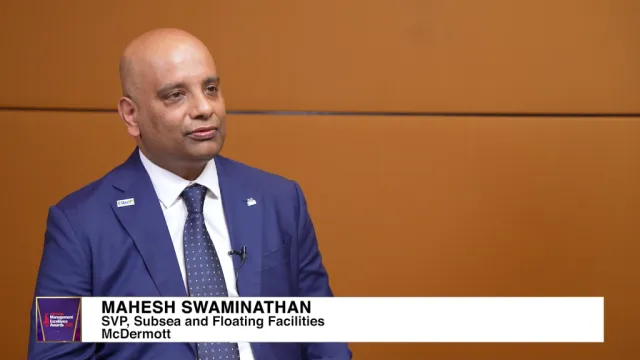
Banks gain 50% more tech capacity with productivity focus
Generative AI tools to streamline tasks can yield productivity gains of up to 30%.
A productivity-centric approach in Banks can see up to 50% more technology capacity—calculated as team hours for innovation—compared to average banks on similar budgets, according to McKinsey & Co.
Financial institutions can increase tech innovation by improving the productivity of software engineering teams without expanding IT budgets.
As banks grow their technology teams to build AI-driven products, digital payment solutions, and data analytics, they face budget constraints due to ageing and complex IT infrastructure.
Traditional cost-cutting strategies, such as offshoring and vendor renegotiation, have limited effectiveness, leading some banks to focus instead on maximising engineering output.
High-productivity teams deliver new features faster, attract skilled engineers, and experience a feedback loop that further improves output.
Leading banks measure engineering productivity by tracking development speed and efficiency through tool data.
This quantitative insight helps identify areas for improvement, allowing institutions to reallocate existing resources effectively, boosting capacity by 20% to 30% within 18 to 24 months.
Some banks use generative AI tools to streamline tasks beyond coding, such as creating architecture diagrams or product stories, yielding productivity gains of up to 30%.
Further integration of tech and business teams, as seen in digital-native companies, has also sped up product delivery.
Collaborative, product-focused teams align engineering and business goals, reducing the time to launch new features.
High-proficiency teams—smaller, more skilled, and largely internal—are key to this shift, as they bring expertise crucial for leveraging advanced AI tools and boosting overall productivity.
Successful productivity transformations in banking generally start with CEO-level support, a clear baseline for measuring productivity, and alignment across IT and business units.
Early successes in high-visibility projects can solidify this model, enabling banks to meet tech-driven goals effectively under existing budget constraints.



















 Advertise
Advertise








